While I in general agree with the other answers, the methods to achieve the result are way to complicated. Use the right tool to do the job, and you're done in a few lines which concentrate on the job itself. For example gnuplot:
t(x)=a-b*exp(c*x)
a=25
b=30
c=0.00001
fit t(x) "temperature" via a, b, c
plot "temperature", t(x)
Here, temperature is a simple text file containing time and temperature in two columns.
The initial values are estimated as follows, after the fit-command, they contain the finally computed values:
a is the final temperature, when the exponential is =0 for large x
b is the total change in y
c is just a guess
As result, I also get this print-out:
Final set of parameters Asymptotic Standard Error
======================= ==========================
a = 27.7729 +/- 0.2875 (1.035%)
b = 30.9734 +/- 0.6285 (2.029%)
c = -0.000225597 +/- 1.115e-05 (4.941%)
If I only take into account data in the xrange 0...4500, I get:
Final set of parameters Asymptotic Standard Error
======================= ==========================
a = 19.192 +/- 0.4385 (2.285%)
b = 25.5059 +/- 0.3719 (1.458%)
c = -0.00051065 +/- 2.074e-05 (4.061%)
Here is a plot of the result. (I used WebPlotDigitizer at http://arohatgi.info/WebPlotDigitizer/ to get some data from your plot)

As you can see, the formula given by @helloworld922 fits the data very well if you look at the x-range 0...4500 only (green curve). But after, the data rises to about 27°C, while the formula says the final temperature is 19°C.
If you use the entire data, the (blue) curve does fit to the data overall somehow, but not in detail, especially not in the xrange <4500.
The difference in the final temperatures is ~8.5K.
Does "10%" make sense on a celsius scale?
The celsius-scale is arbitrary, the origin (0°C) is not any kind of physical "zero". Imagine you inherit a bank account and don't know the initial balance, nor will you ever get the actual balance. So, you just say you got it with $0.00 and keep track of what you pay into and take out. One day, you know there should be $50 more on the account since you inherited it, another day, its $100. So, is the balance of the second day twice the balance on the first? What if your grandma left you $1,000,000 on that account, and you just don't know?
Finally, this does not make sense. Only if you use the Kelvin-scale, where 0K is the physical lowest possible temperature, percentages make sense. In this context, 8.5K <-> 300K (~room temperature) is 2.8% ...
As said, the given formula does not describe the entire data very well, especially processing just the first part of the data does not give a good prediction. You need an other formula fitting the whole data range very well. This would be a formula consisting of more than one exponential function. (This would describe that you are heating some material, which at some point starts to dissipate the heat somewhere else)
But: As the given formula describes the first part of the data very very well, (so there is no deviation giving more information), a more complex function would fail to give you a better prediction.

 Rise over Ambient
Rise over Ambient


